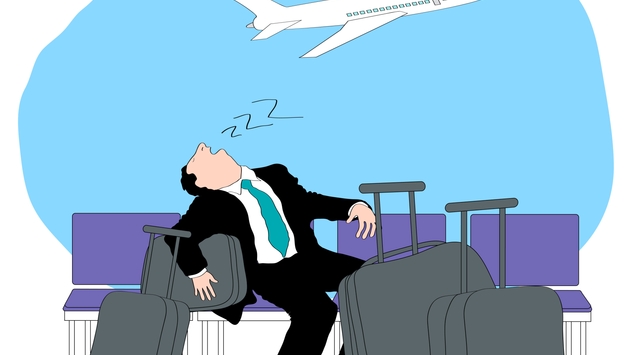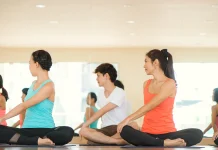There are a number of methods which don’t involve popping pills.
Don’t depart with a hangover, and get a good night’s sleep the night before leaving. Drink plenty of water in the dry cabin atmosphere, and avoid alcohol and caffeine.
Use blindfolds, earplugs, inflatable pillows, a blanket, a walkman – anything to promote sleep. Exercise is important to stop limbs from swelling, so walk the aisles, stand and stretch whenever possible.
If available on a long-haul stopover, jump into a shower. It will perk you up no end and get the circulation going again.
Some people believe that altering your diet, either by fasting or timing the consumption of carbohydrates and proteins, can be beneficial, but recent research shows that this does have a positive effect on jet lag.
Setting your watch to your destination’s time, and sleeping or staying awake according to that time, not your body clock, is widely endorsed.
Money can be invested or blown on the Jet Lag Eliminator, two discs that you rotate which tell you what bits of your body to massage when, while you hurtle towards your destination.
It is based on Chinese acupuncture and the body’s energy centres, but you might raise eyebrows as you massage your ears, both inside and out, as the plane begins its descent.
A large amount of weight lies behind the theory of dosing yourself with light, either with light machines or the real thing when you arrive, to help reset the natural clock quickly, but you must time it right for it to work, making this a difficult method to practice.
At the end of the traveling day circadian rhythms are very individual things, so try them all and stick to what’s best for you. Happy landings!






